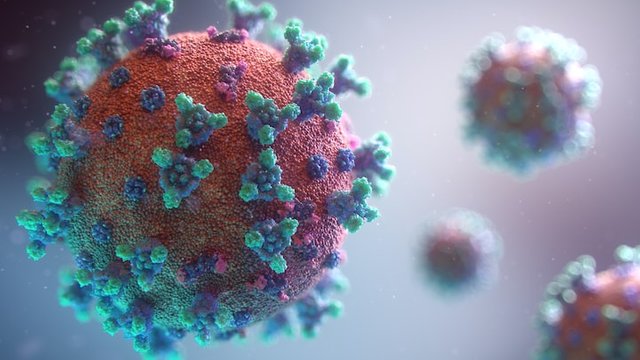Welcome to our comprehensive guide on Human Metapneumovirus (HMPV), an important viral infection that often goes unnoticed. In this article, we will delve into the world of HMPV, exploring its causes, symptoms, diagnosis, treatment, and prevention. Our aim is to provide you with a detailed understanding of HMPV and equip you with the knowledge to effectively navigate this viral threat.
Understanding HMPV
Human Metapneumovirus (HMPV) belongs to the Paramyxoviridae family and is closely related to the respiratory syncytial virus (RSV). Discovered in 2001, HMPV primarily affects the respiratory system and can lead to various respiratory illnesses, especially in young children, the elderly, and individuals with weakened immune systems.
Symptoms and Transmission
HMPV shares several symptoms with other respiratory infections, making it challenging to identify without proper diagnostic measures. Common symptoms associated with HMPV include:
Coughing, often accompanied by wheezing
Sneezing and runny nose
Sore throat
Fatigue and malaise
Shortness of breath
Mild to high-grade fever
Transmission of HMPV occurs through respiratory droplets, direct contact with infected individuals, or touching contaminated surfaces. The virus can survive on surfaces for several hours, increasing the risk of transmission in crowded environments.
Diagnosis
Accurate diagnosis of HMPV plays a crucial role in effective management and prevention of further spread. Healthcare professionals employ various diagnostic methods, including:
Molecular tests: These tests detect the presence of HMPV genetic material in respiratory samples, providing a highly specific and sensitive diagnosis.
Rapid antigen tests: These tests detect specific viral proteins and provide quick results, aiding in prompt identification of HMPV infection.
Serology tests: These tests analyze blood samples for the presence of antibodies against HMPV, helping determine past exposure or recent infection.

Treatment and Management
Currently, no specific antiviral medication exists to target HMPV directly. Treatment primarily focuses on alleviating symptoms and supporting the body's natural healing process. Some key approaches for managing HMPV infection include:
Rest and hydration: Getting ample rest and staying hydrated can help the body combat the infection more effectively.
Over-the-counter medications: Medications such as acetaminophen or ibuprofen may be recommended to alleviate fever, sore throat, and discomfort.
Nebulized therapy: In severe cases, nebulized therapy with bronchodilators or corticosteroids might be prescribed to reduce inflammation and improve breathing.
Hospitalization: Hospitalization may be necessary for individuals with severe symptoms, especially young children, the elderly, or those with pre-existing health conditions.
Prevention Strategies
Preventing the spread of HMPV is crucial, particularly in high-risk populations. Here are some effective preventive measures to consider:
Hand hygiene: Regularly washing hands with soap and water for at least 20 seconds or using alcohol-based hand sanitizers can significantly reduce the risk of infection.
Respiratory etiquette: Covering the mouth and nose with a tissue or the elbow when coughing or sneezing helps prevent the spread of respiratory droplets.
Avoiding close contact: Minimizing close contact with infected individuals, especially during peak HMPV seasons, can reduce transmission rates.
Environmental hygiene: Regularly disinfecting frequently touched surfaces, such as doorknobs, toys, and electronics, helps prevent the survival and spread of HMPV.
